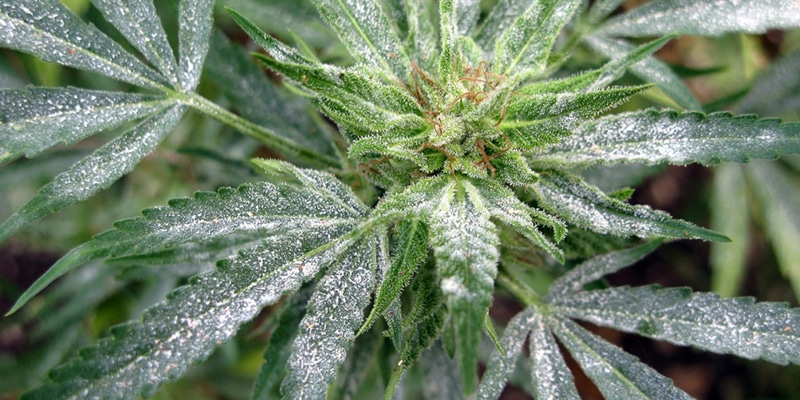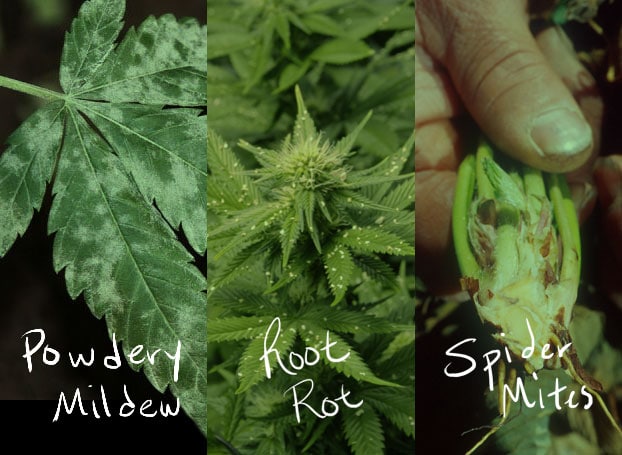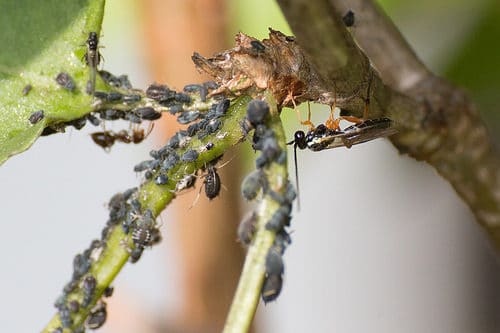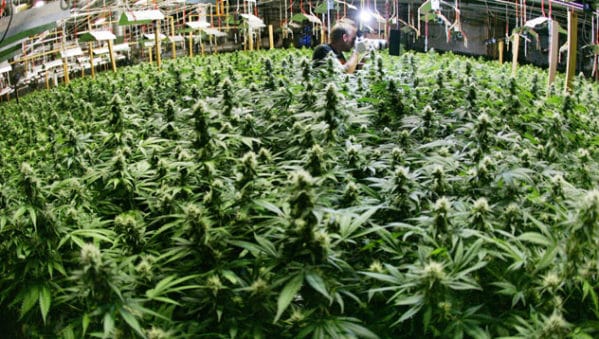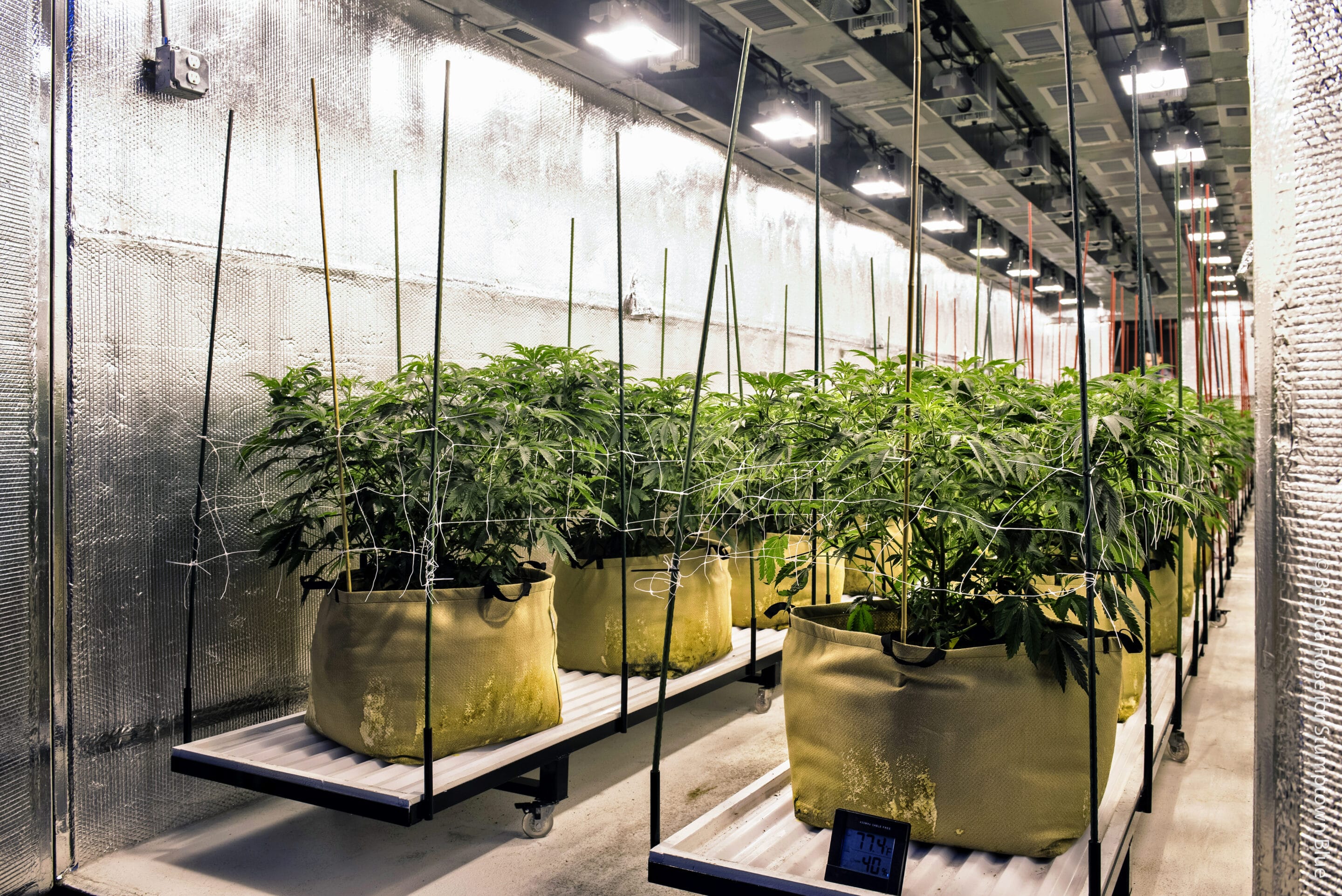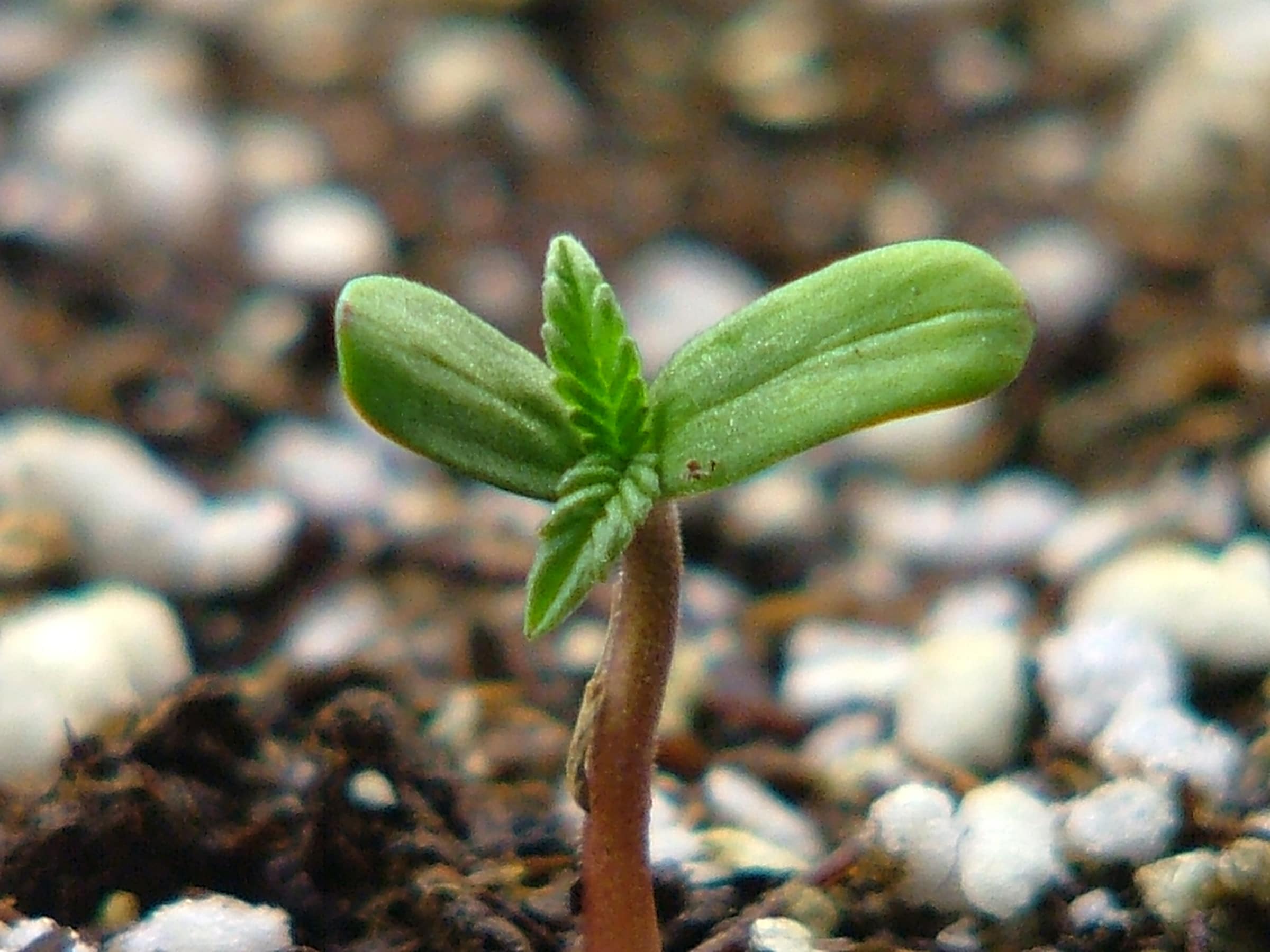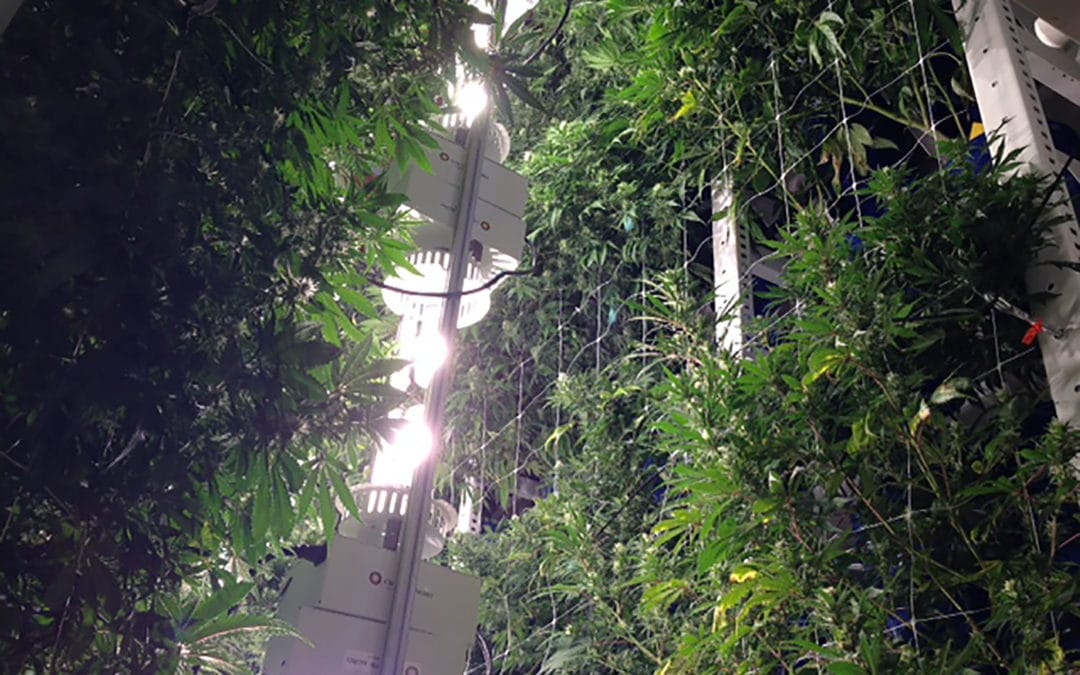
The Pros and Cons of Vertical Cannabis Grows
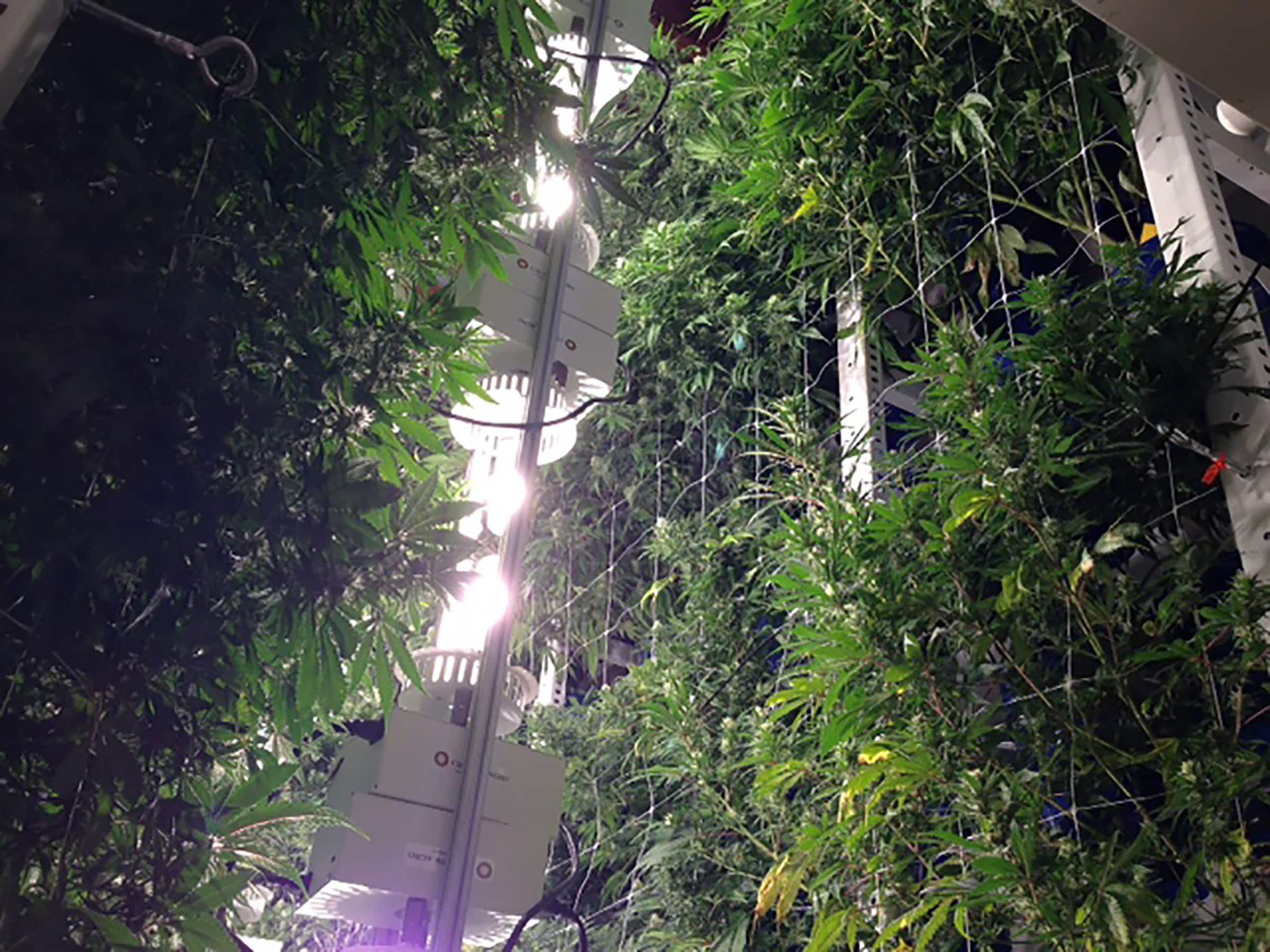
As people look for better usage of space for cannabis growing, vertical cannabis grows have come under the spotlight. To maximize yields, growers traditionally analyzed how many grams of marijuana were being produced per square foot. Taking your cannabis growing up, instead of out, seemed like the obvious solution.
How vertical cannabis grows work
But how exactly do you grow cannabis vertically as opposed to the traditional flat grow system that we have all become accustomed to? There are several types of vertical cannabis grows, but they all revolve around similar principles. They all look to increase production while maximizing efficiency of space using a system of vertical lights and reflectors.
Vertical cannabis grows can employ either traditional soil systems or hydroponics, however, the set-up for both of these systems is quite different. The one thing they have in common is that the vertical cannabis plant arrangement is circular around central light source. If you are considering a vertical grow, it’s a great way to produce quality cannabis but there are a few pros and cons to consider before making the switch.
The pros of vertical cannabis grows
One of the biggest benefits to vertical cannabis growing is the increase in yields. Vertical growers swear up and down that when done right, increased light distribution through the use of reflectors leads to heavy weights. Some have even claimed yields as high as 2.5 grams per watt. Achieving these kinds of yields through the cannabis growing stages takes practice and a precision not easily achieved. One of the major downsides of vertical growing is the setup cost. Building your own circular shell complete with reflectors and shelving can save you some money, but all-in-one vertical grow systems will cost you a chunk o’ change.
Extend your cannabis growing cycle
A vertical cannabis grow will also let you squeeze in one extra cycle annually which means more product at the end of the year. Often clones are only allowed to remain in the vegetative state for a couple of days which greatly increases their exposure to the twelve-hour light cycle. One idea of vertical farming is grow more plants of a smaller size.
Starting the cannabis flowering stage early helps vertical growers meet this goal. Small plants, however, do not necessarily mean small buds. The down side to this is that smaller plants means you need a lot more of them. A lot more, which means you’re going to want to keep a mother on hand or have access one.
The cons of vertical cannabis grows
Another thing to keep in mind is that balancing temperatures and humidity with plants literally stacked on top of each other can be difficult. The more plant mass located in a confined space means temperatures and humidity will go up. That triggers the need for excellent cooling and ventilation. The never-ending battle between environment and your HVAC can be exacerbated by the tight quarters of a vertical grow.
So what’s the consensus?
The single biggest benefit of a vertical grow is space. Arranging plants vertically and allowing them to bathe in a central light source utilizes the cubic feet in the room that would otherwise go ignored. Growing up instead of out increases efficiency and will ultimately lead to an all-around boost in production.
The single biggest challenge to vertical growing isn’t the method or the technique or even the price. The biggest challenge to overcome in vertical growing is you. Overcoming what you have learned before and reshaping your perceptions of what it takes to grow quality cannabis will be the hardest step you take on your venture into vertical cultivation.
What do you think about vertical cannabis grows? Let us know on social media.

